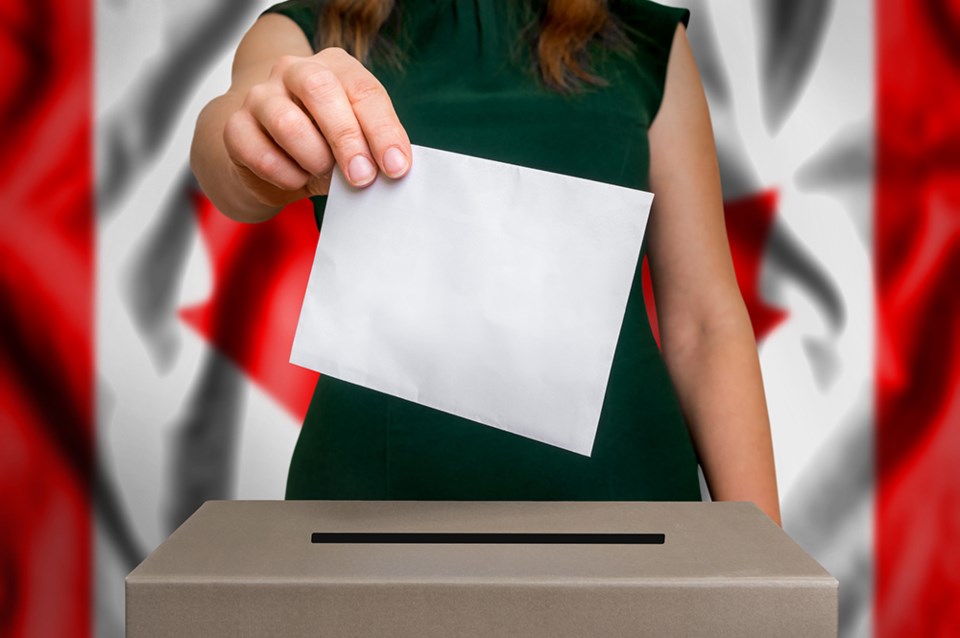The more things change, the more they stay the same.
After five weeks of campaign rhetoric, Canadians awoke the day after the federal election to pretty much the same House of Commons configuration as they had prior to dissolution.
Some ridings changed hands, but for the most part, the result was a wash. The governing Liberals held 155 seats at dissolution, followed by the Conservatives with 119, Bloc Québécois with 32, NDP with 24, and the Green Party with two. Five seats were held by independents and there was one vacancy.
Flash forward five weeks, with several ridings still too close to call, the Liberals are leading or elected in 159 ridings, the Conservatives are currently holding onto 119, the Bloc Québécois have 33, the NDP have 25 and the Greens, two.
If the totals stay the same once mail-in and special ballots are added to the mix, it’s almost comical that the whole process resulted in the Liberals, NDP and Bloc combining to increase their collective seat count by six, which is the same number of independent or open seats combined before dissolution. Almost comical, but not quite.
While it’s easy to look back on the election as a complete waste of time, the right to vote should never be taken for granted. Not everyone has it. Ask anyone living in Afghanistan.
The expected cost of more than $600 million for the election that already seems like a bad dream will cost each Canadian about $16 each. Collectively, it’s an enormous total. Individually, the hit is not devastating, but if given the choice, wouldn’t it be ideal to spend that $16 at a Powell River Kings or Powell River Villa game, or at the Patricia Theatre, or a local business, et cetera?



